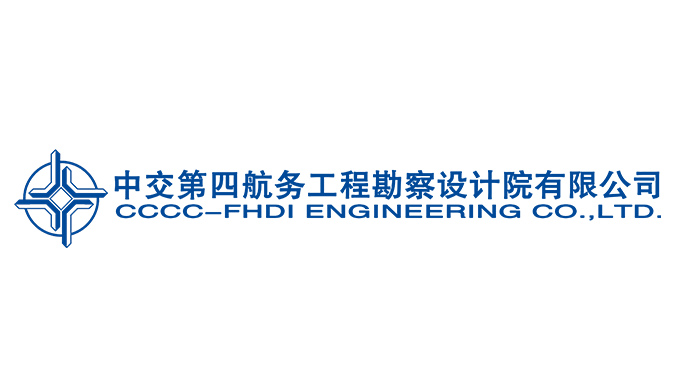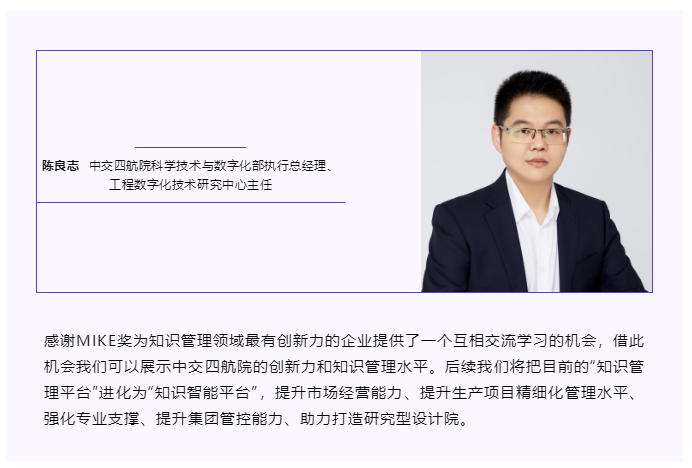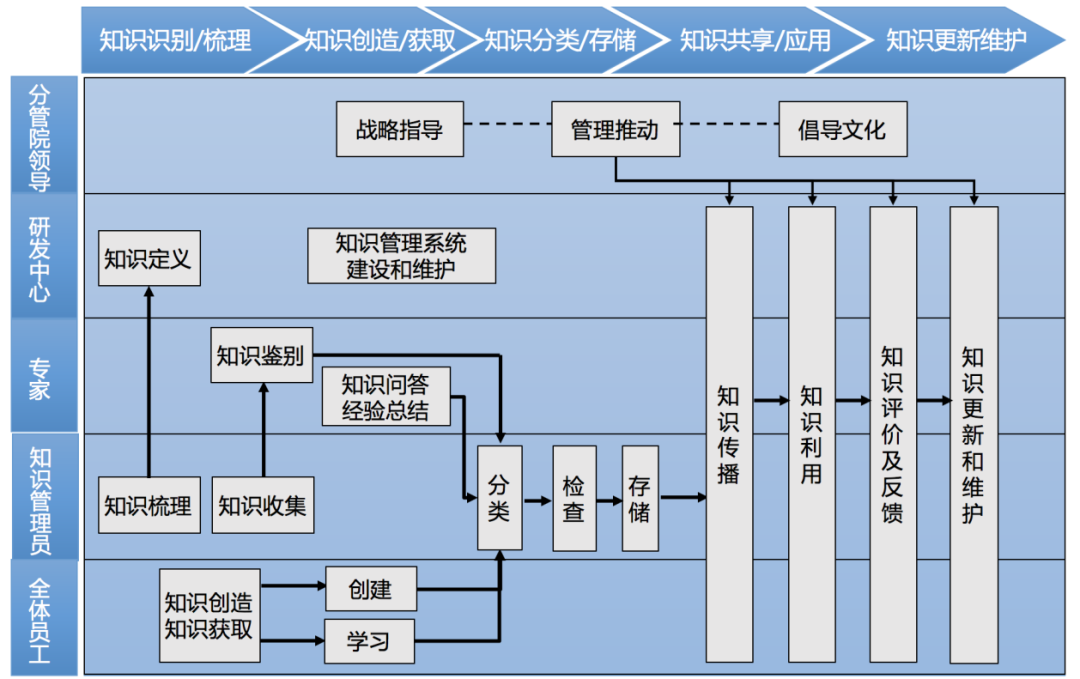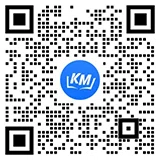
Previwas & Consulting
 language
language
[MIKE Case] "Top 60 Design Enterprises in China" - China Communications Fourth Navigation Institute, Empowering Scientific Research and Innovation with Knowledge
Release time:
2023-10-27 16:36
Author:
Blue Ling Software
Editor’s Note: As an authoritative and professional platform for knowledge innovation and practice exchange, the Most Innovative Knowledge Organization (MIKE) Award has unearthed a large number of outstanding knowledge-based enterprises. As one of the co-organizers of China MIKE, Lanling has launched the "MIKE Award Case Tour" activity, which will share the knowledge management and innovation management practices of benchmark enterprises through interviews with famous companies and the writing of the "MIKE Award Special Edition."
China Communications Fourth Navigation Engineering Institute Co., Ltd. was established in 1964 and is a wholly-owned secondary subsidiary of China Communications Construction Company Limited, a national high-tech enterprise. Over the past fifty years, it has footprints in more than 120 countries and regions around the world. In 2019, the company ranked 27th among the top 60 design enterprises in China according to the authoritative ENR magazine.

China Communications Fourth Navigation Institute won the 2022 China MIKE Excellence Award for its multidimensional and systematic knowledge innovation achievements and will be recommended to compete for the global MIKE Award. This issue of the "MIKE Award Case Tour" is honored to invite Chen Liangzhi, Executive General Manager of the Science and Technology and Digitalization Department and Director of the Engineering Digital Technology Research Center of the Fourth Navigation Institute, to share the successful experiences of the institute in knowledge management and innovation management.

Take multiple measures to strengthen the cultivation of knowledge-based talents.
The Fourth Navigation Institute currently has more than 1,100 formal employees, including 2 national-level design masters, with over 90% holding a bachelor's degree or higher, making it a typical knowledge-intensive enterprise.
The Fourth Navigation Institute places great emphasis on the cultivation and empowerment of knowledge-based talents, establishing the concept that "talent is the first resource" and formulating talent management systems such as the "Double 123 Talent Project Management Measures" and the "Position and Level System Plan," with "Happy Fourth Navigation Institute" as the cultural outline, "Learning" culture as the work guidance, and digital means as the leverage, forming a talent view centered on value creators within the company. At the same time, the Fourth Navigation Institute strengthens talent resource management from various aspects such as recruitment, training, and promotion, ensuring talent reserves and stimulating the creative vitality of talents.
To continuously enhance employees' management, technical, and innovation capabilities, the Fourth Navigation Institute has formulated multiple training and management systems such as the "Employee Education and Training Management Measures" and the "Internal Trainer Management Measures" to promote knowledge sharing and dissemination, and to encourage knowledge creation. The company has also established various forms of knowledge sharing, including the Chief Engineer's "Lecture Hall," "Mentor-Mentee" programs, and micro-course competitions.
In addition, to cultivate the spirit of craftsmanship, the Fourth Navigation Institute has established the Lu Yongchang (Guangdong Province Model Worker) and Feng Yinghui (National Model Worker) studios, led by model workers with broad employee participation, focusing on the central tasks and key issues of the enterprise, leveraging the expertise and technical advantages of model workers to promote mutual growth and progress among employees. Chen Liangzhi introduced that many innovative cases and achievements have emerged from the model worker studios, including the Hong Kong-Zhuhai-Macao Bridge project and the Guangzhou Port Phase III project.
Build 12 major knowledge bases to drive business development with knowledge.
The Fourth Navigation Institute recognized the important role of knowledge management in technological innovation early on. In 2018, the Fourth Navigation Institute began to focus on knowledge management, systematically sorting out the existing digital information systems and the categories of existing knowledge assets, as well as their sharing, storage, and management models, and based on this, built a knowledge management system that includes a regulation library, functional management library, training certification library, production guidance library, experience and lesson library, external knowledge library, scientific research excellence library, software learning library, standard specification library, market expansion library, project library, and expert library.

▲ Overall process of knowledge management at the Fourth Navigation Institute.
To further integrate knowledge with business, the Fourth Navigation Institute has sorted out a knowledge classification framework according to the knowledge management plan, directly pushing project results, functional management systems, etc., from the comprehensive information system to the project library in the knowledge management system through interfaces. At the same time, in the project management business process of the comprehensive information management system, templates for "problem recording," "technical difficulty recording," and "×× project (×× phase) case summary" have been designed and embedded into the project management process.
"When a project reaches a certain stage, these templates must be filled out, which ensures that tacit knowledge can be extracted during the project production process. On the other hand, knowledge that was previously not available in the comprehensive information system, such as personal experiences, guiding materials, textbooks related to professional certificates, software learning, award application materials, etc., is categorized to various departments, where knowledge managers in each department collect and upload them to the knowledge management system according to the knowledge classification requirements of the Fourth Navigation Institute."
Chen Liangzhi introduced that in the future, the knowledge management system will connect the interfaces of various digital systems to form data sharing across platforms, striving to achieve unified knowledge management across multiple platforms during the "14th Five-Year Plan" period, evolving from "knowledge accumulation platform," "knowledge refinement platform," and "knowledge service platform" to "knowledge intelligence platform," enhancing market operation capabilities, group control capabilities, and refined management levels, and helping to build a research-oriented design institute.
Cultivate an innovative culture to promote scientific research and effectiveness.
The Fourth Navigation Institute has always adhered to the innovative concept of "Technology lays the foundation for strong enterprises, innovation drives new development," placing innovation at the core of the company's overall development. The company has created a "1234 Technology Innovation System" unique to the Fourth Navigation Institute, which includes one vision (to achieve high-quality development of the company), two drivers (internal and external change management drivers), three types of systems (system, organization, and R&D systems), and four outcomes (mastering core technologies, leading major scientific and technological projects, supporting major engineering projects, and cultivating innovative teams and talents).
Around the "1234 Innovation System," the Fourth Navigation Institute has constructed an innovation incentive mechanism from three aspects: first, formulating multiple scientific and technological management systems and work guidelines for systematic management; second, proposing excellent research topics and formulating project excellence plans; third, gradually improving the innovation incentive mechanism to stimulate employees' enthusiasm for innovation from both incentive and assessment perspectives.
In addition, the Fourth Navigation Institute continuously enhances its innovation capabilities by establishing innovation platforms and research teams, forming a "Technology Center + Research Institute" innovation group, with annual research investments exceeding 100 million yuan. The technology center has set up 28 professional committees; the research institute is divided into different fields, consisting of 14 research centers. In the past three years, the innovation group has led or participated in two national-level projects and multiple provincial and ministerial-level projects.
In terms of management innovation, the Fourth Navigation Institute has proposed a quality management model of "Four Modernizations in Parallel, Excellence with Heart," a business model led by strategy, and a commercial model aimed at building a comprehensive integrated capability layout.
In the field of technological innovation, the Fourth Navigation Institute has formed a complete technical evaluation system. In the past three years, 9 scientific and technological achievements that passed technical appraisal have reached international advanced levels or above. The institute has received 29 awards at or above the provincial and ministerial level, including 1 national-level scientific and technological award; it has established the Engineering Digital Research Center, HIDAS Research Institute, and Smart Ecology Company to provide support for technological innovation and improvement using new generation information technology.
The Fourth Navigation Institute has always held a leading position in domestic technology in the field of port engineering, continuously conducting core technology research in marine engineering, surveying technology, and new infrastructure fields, completing and passing appraisal for 22 scientific and technological achievements, of which 6 have reached international leading levels and 13 have reached international advanced levels. It has independently developed the first domestic digital surveying and design integration system for port engineering (HIDAS), breaking through multiple "bottleneck" technologies and becoming a key technology leader in the industry. Chen Liangzhi introduced that by the end of 2021, the Fourth Navigation Institute had received a total of 1,037 various awards, including 79 national-level awards and 410 provincial and ministerial-level awards.
【Wonderful Dialogue】
China MIKE Organizing Committee:In the process of promoting overall knowledge management, what knowledge are you most concerned about?
Chen LiangzhiIn the field of design institutes, what we care most about is the experiences of many of our chief engineers and deputy chief engineers in their designs. Many of the problems we encounter are actually seen repeatedly in different projects. Therefore, we are most concerned about consolidating these experiences from different leaders into our knowledge management system. Only after consolidating these can we further improve the quality of our overall design, enhance our design outcomes, and only on this basis can we carry out the next step of innovation work.
China MIKE Organizing Committee:Since 2018, the Fourth Aviation Institute has systematically promoted knowledge management work. Now, after four years, what do you think are the results compared to before, and where are the benefits?
Chen Liangzhi:From 2018 and 2019, when we first established the knowledge management system, it has been three to four years now, and the content included in our knowledge system has been continuously increasing. At the beginning, not many people were willing to browse our knowledge system, and the knowledge was quite limited. After several years of construction, after integrating the business system with the knowledge management system, the richness of knowledge in our knowledge base has continuously improved. So compared to three or four years ago, we find that the overall query ability of knowledge has become more convenient, and the knowledge available has become richer. At the same time, we also have an expert Q&A database on the knowledge platform, where experts can be messaged online, making communication channels more convenient.
We can give two detailed examples. We have focused on building a "Production Guidance Library". In this library, there are modules related to development and calculation for production design, which employees from the production department can download and use, bringing them great convenience. Another is the training and certification library. Our company requires everyone to obtain the corresponding qualification certificates, and we also require employees who pass the exams to upload the useful materials they have collected to the certification library to help other employees. This area has also received high feedback on its practicality.
China MIKE Organizing Committee: Based on the cooperation along the BIM industry chain, this is also a relatively complex issue and a hot topic currently. How many projects do you currently have, or what proportion of projects can achieve such digital delivery?
Chen LiangzhiRegarding the upstream and downstream cooperation of BIM, the main projects we are currently doing digital interaction on are several types. The first is LNG chemical terminal projects, where the owners have clear requirements for digital delivery, so all our LNG terminal projects must achieve digital delivery. The second part mainly involves some regions, such as Shenzhen, where all projects have BIM requirements explicitly stated in the contracts, and we must do digital delivery. There is also a part where the owner does not require it, but based on our own exploration needs for BIM technology, we will have basic requirements for relevant projects to achieve BIM digitalization. Overall, currently in the industry, about 20%-30% of projects at the construction drawing stage need to carry out digital BIM modeling and handover work.





